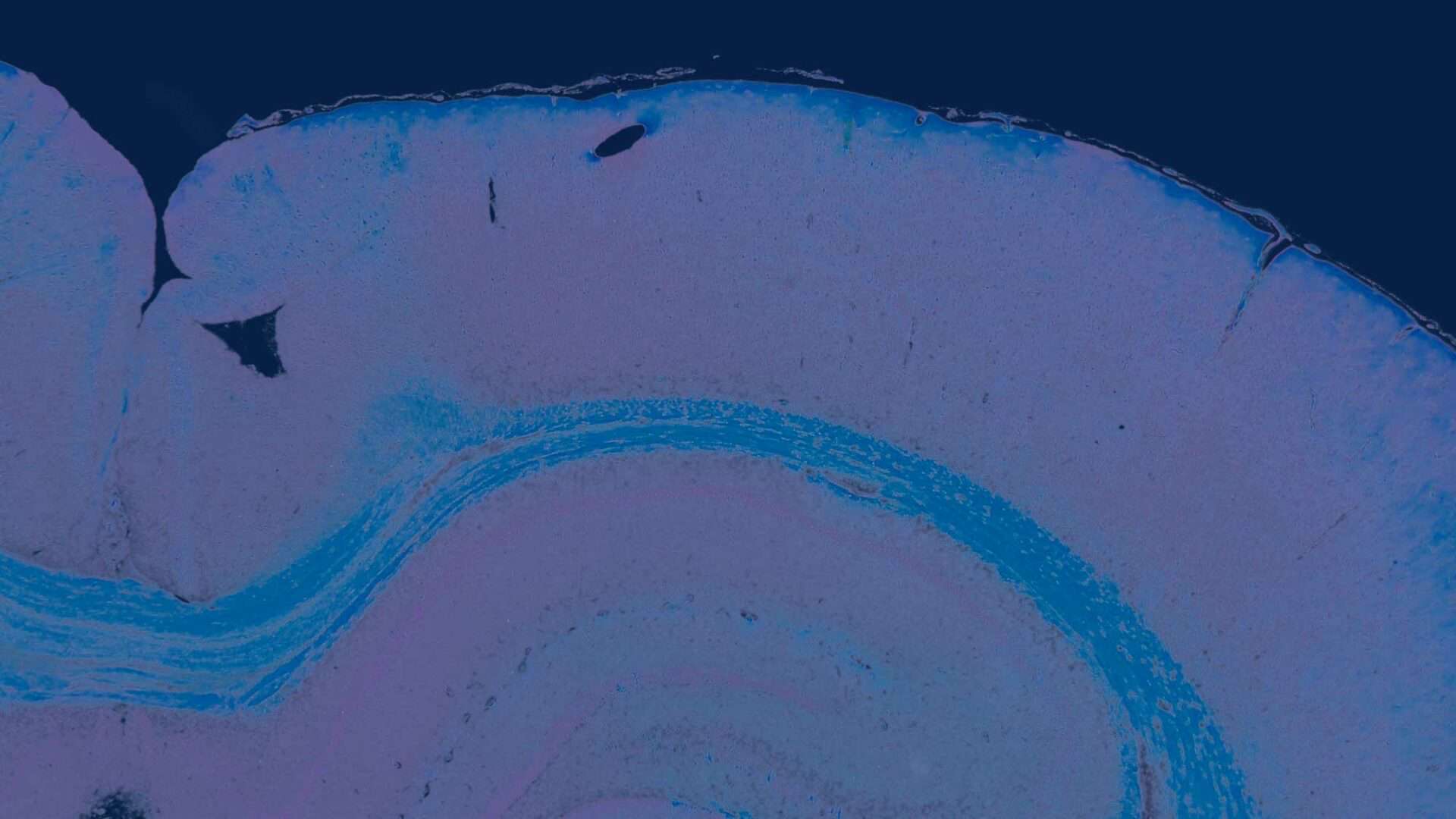Whole slide images (W.S.I.’s) have become an essential tool for toxicologic pathology in the evaluation of non-clinical GLP-studies. The use of W.S.I.’s in toxicologic pathology has revolutionized the way pathology data is collected, analyzed, and communicated. In this article, we will explore the use of W.S.I.’s in toxicologic pathology and how they are helping to improve the accuracy and efficiency of non-clinical GLP-studies.
Advantages of W.S.I.’s in Toxicologic Pathology
There are several advantages to using W.S.I.’s in toxicologic pathology. Firstly, W.S.I.’s provide a digital representation of the entire slide, which can be accessed and analyzed from any location with internet access. This eliminates the need for physical slides to be transported and reduces the risk of damage or loss of slides. Additionally, W.S.I.’s provide a consistent and accurate representation of the slide, which is essential for consistent interpretation and analysis of data.
Another advantage of W.S.I.’s is their ability to be used for multi-user collaboration. This allows multiple pathologists to access and analyze the same slides simultaneously, reducing the time and effort required for data analysis. Furthermore, W.S.I.’s can be easily annotated, providing a visual reference for future analysis and interpretation.
Benefits of W.S.I.’s in Non-clinical GLP-studies
W.S.I.’s have several benefits when used in non-clinical GLP-studies. Firstly, they provide a more accurate representation of the slides, reducing the risk of human error in data interpretation. This is particularly important in toxicologic pathology, where accurate data interpretation by the toxicologic pathologist is essential for the safety evaluation of vaccines, pharmaceuticals and chemicals.
Additionally, W.S.I.’s can be used for more efficient data analysis. The use of W.S.I.’s eliminates the need for physical slides to be examined under a microscope, reducing the time and effort required for data analysis. Furthermore, the ability to access and analyze the slides from any location with internet access provides increased flexibility for data analysis, allowing pathologists to work from any location, at any time.
The use of W.S.I.’s enables pathologists to zoom in and examine tissue samples at a cellular level, providing a more detailed understanding of the tissue and its reaction to the test substance.
Implementing W.S.I.’s in Toxicologic Pathology
Implementing W.S.I.’s in toxicologic pathology requires the use of specialized software and hardware. The software is used to view (digitized) slides, while the hardware is used to store and access the digital slides.
It is important to ensure that the software and hardware used for digitization meet the necessary regulatory requirements for non-clinical GLP-studies. This includes ensuring that the software and hardware are validated, the use is tested against conventional light microscopy, and that the digital slides are stored securely.
Importance of Whole Slide Images in Toxicologic Pathology
Whole slide images (WSI) have revolutionized the way in which toxicologic pathology evaluations are conducted. In non-clinical GLP studies, WSI provide a digital representation of a tissue sample, offering a number of advantages over traditional light microscopy. This technology has transformed the process of reviewing, analyzing and interpreting pathology data, making it more efficient and effective.
Benefits of WSI in Toxicologic Pathology
- Enhanced Accuracy and Reproducibility: One of the primary benefits of WSI is that they allow for the digitization of histology data, which enhances the accuracy and reproducibility of results. With WSI, multiple pathologists can review the same tissue sample, resulting in a more accurate interpretation of results. In addition, the use of WSI ensures that all results are consistent, regardless of who is interpreting the data.
- Increased Speed and Efficiency: The use of WSI also helps to increase the speed and efficiency of toxicologic pathology evaluations. With WSI, pathologists can quickly review large numbers of tissue samples, making it possible to complete evaluations more quickly. In addition, the ability to zoom in and out on WSI allows for a more thorough and comprehensive review of tissue samples, improving the accuracy of results.
- Better Collaboration: Finally, WSI technology also helps to improve collaboration between pathologists. With WSI, multiple pathologists can review the same tissue sample, leading to better collaboration and the sharing of expertise. This results in a more comprehensive interpretation of results and improved accuracy of data.
Applications of WSI in Toxicologic Pathology
WSI technology has a number of applications in toxicologic pathology, including:
- Study Design: WSI can be used in the design and plan of non-clinical GLP studies, ensuring that the study is properly designed and that all relevant data is captured.
- Data Analysis: WSI can be used to analyze pathology data, helping to identify any potential toxic effects and to determine the most effective treatments.
- Data Review: WSI can be used to review pathology data, helping to ensure that all results are consistent and that any discrepancies are identified and addressed.
Future of WSI in Toxicologic Pathology
As technology continues to advance, it is likely that the use of WSI in toxicologic pathology will become even more widespread. In the future, WSI may be used to conduct virtual pathology evaluations, reducing the need for physical tissue samples. For further additional research, the use of artificial intelligence
